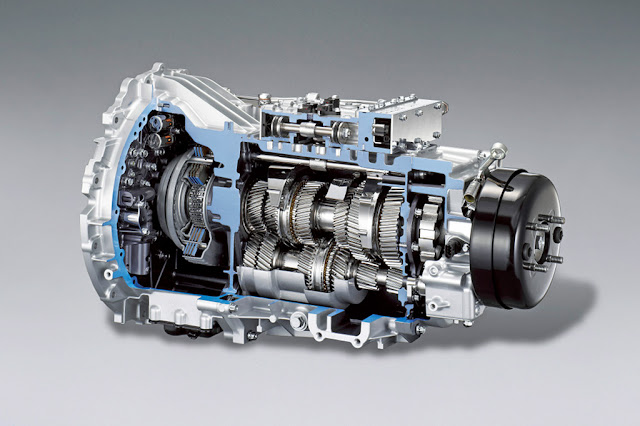Advancements in Automotive Transmission Systems: Shaping the Industry
Automotive transmission systems have undergone significant advancements over the years, transforming the driving experience and shaping the automotive industry as a whole. These advancements have been driven by the need for improved performance, efficiency, and sustainability. From traditional manual transmissions to advanced automated and electric transmission systems, the industry has witnessed remarkable progress.
One notable advancement is the
rise of automatic transmissions, which have become the preferred choice for
many drivers due to their convenience and ease of use. Traditional automatic
transmissions have evolved into more sophisticated systems, such as dual-clutch
transmissions (DCT) and continuously variable transmissions (CVT). DCTs offer
faster and smoother gear shifts, particularly in high-performance vehicles,
while CVTs provide seamless and efficient power delivery by offering an
infinite number of gear ratios. These advancements have significantly improved
acceleration, fuel efficiency, and overall driving experience.
Furthermore, the industry has
experienced a shift towards electrification, with the rise of hybrid and
electric vehicles (EVs). Electric powertrains require specialized transmission
systems to transfer power from the electric motor to the wheels efficiently.
Electric vehicles often utilize single-speed transmissions or direct drive systems,
eliminating the need for multiple gears. However, advancements in multi-speed
transmissions for electric and hybrid vehicles are being explored to optimize
performance and extend the vehicle's range.
The growing demand for vehicles,
in turn, is increasing the growth of the automotive
transmission system market.
Another significant advancement
is the integration of artificial intelligence (AI) and machine learning in
automotive transmission systems. AI algorithms analyze real-time data from
various sensors, allowing transmission systems to adapt and optimize gear
shifting, torque distribution, and vehicle dynamics. This intelligent control
enhances performance, efficiency, and safety. AI also enables predictive
analytics, where transmission systems can anticipate driving scenarios and
adjust gear ratios proactively, resulting in optimized performance and fuel economy.
Additionally, advancements in
lightweight materials have had a profound impact on transmission systems. The
use of materials such as aluminum alloys, carbon fiber, and advanced composites
has reduced the weight of transmission components, leading to improved fuel
efficiency, handling, and overall vehicle performance. Lightweight materials
have also contributed to the development of electrically controlled
transmission systems, where electric motors and lightweight components work in
tandem to enhance efficiency and power delivery.
The Automotive
Wire And Cable Materials market is estimated to account for US$ 4,629.5
Million in terms of value by the end of 2022 and is expected to grow at a CAGR
of 6.6% during the forecast period (2023-2030).
Moreover, sustainability has
become a driving force in the automotive industry, leading to advancements in
transmission systems. Manufacturers are investing in research and development
to design transmission systems that reduce emissions, improve fuel economy, and
support greener mobility solutions. Hybrid transmission systems, regenerative
braking, and intelligent control algorithms are just a few examples of
advancements aimed at achieving sustainability goals.
In conclusion, advancements in
automotive transmission systems have shaped the industry by improving
performance, efficiency, and sustainability. From automatic transmissions to
electrically controlled systems, AI integration, lightweight materials, and
sustainability-driven innovations, these advancements have transformed the
driving experience and paved the way for a more efficient and eco-friendly
future. As technology continues to advance, the automotive industry will
witness further breakthroughs, ensuring transmission systems remain at the
forefront of automotive innovation.


%20Market1.png)
Comments
Post a Comment